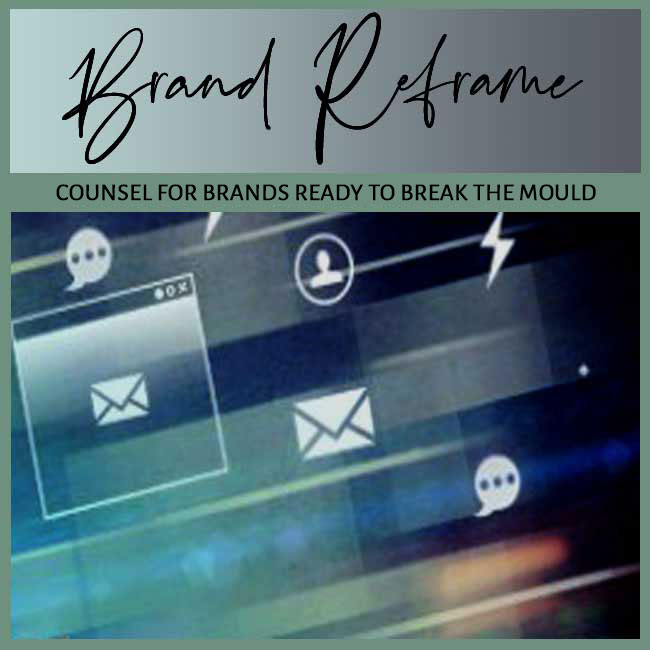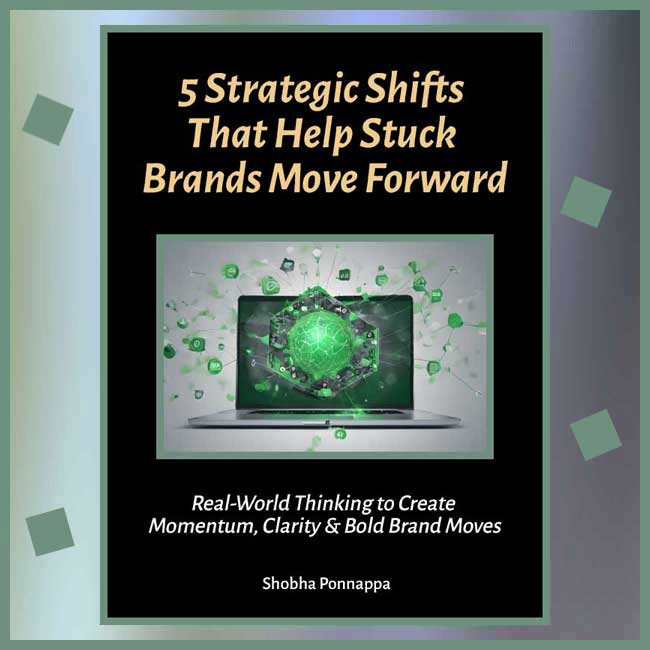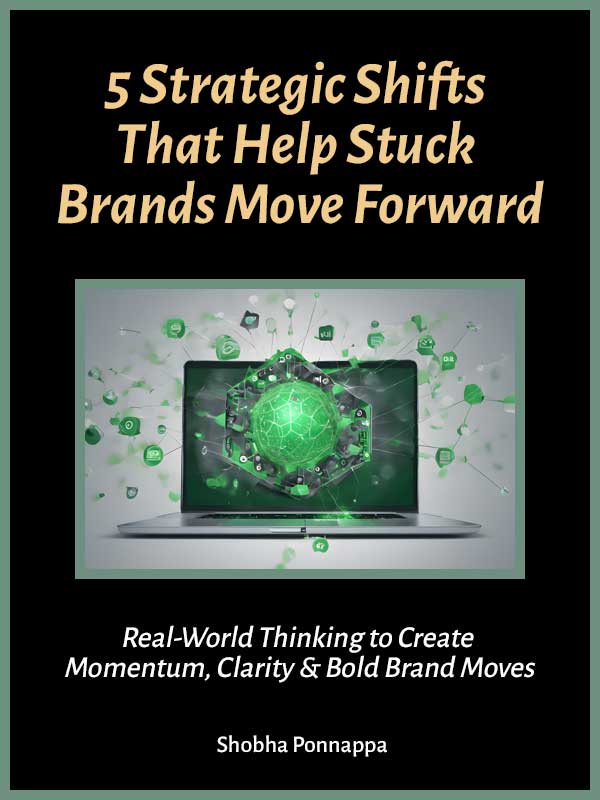
FOCUS: BRAND LAUNCH FAILURE | AUDIENCE: INVESTORS IN SLUGGISH BRANDS
I helped a VC-backed legal AI startup reposition itself from a legal disruptor to a lawyer’s assistant.
This was a legal tech startup built on cutting-edge AI—designed to streamline documentation, automate clause reviews, and save time for law firms and in-house legal teams. On paper, it was a VC’s dream: IP-rich, technically sound, and targeted at a notoriously inefficient process. The founders secured early funding, produced a polished beta, and hit the market with confidence.
But what followed surprised everyone. Despite investor enthusiasm and early buzz, lawyers resisted the product entirely. Demo meetings were polite but cold. Legal forums questioned whether it could lead to job shrinkage. Pilot trials stalled before reaching decision-makers. The AI product meant to aid legal work was being interpreted as a threat to legal professionals themselves. The startup was backed, built, and technically sound—but stuck. The investors were losing patience. The runway was shortening. Something had to give.
When I stepped in to examine the messaging and go-to-market narrative, the core issue became instantly clear: the brand’s tone. Everything—from its pitch decks to its landing page—was laced with the language of “disruption.” Words like replace, automate, eliminate, accelerate had taken centre stage. But for legal professionals, those words read less like innovation and more like insubordination. Instead of promising empowerment, the brand was unintentionally projecting an existential threat.
Here was the real insight: in the legal world, trust isn’t just a concept—it’s currency. The startup’s AI was marketed like it wanted to win a courtroom battle, when it really needed to pass the bar of reassurance. Lawyers didn’t fear the tech itself—they feared what it represented: loss of judgment, loss of control, and potentially, loss of role. The AI wasn’t in the wrong—but it was on the wrong side of perception.
My pivotal breakthrough came from a simple reframe: “Don’t disrupt the lawyer—support their brilliance.” I repositioned the AI not as an intelligent tool that replaces human review, but as an invisible assistant that ensures lawyers never miss what matters. The product was no longer pitched as a revolution—but as reassurance. It didn’t take over the legal process. It enhanced it with more accuracy, less fatigue, and real-time clarity.
From that point, we built the brand around one clear principle: “Precision deserves backup.” This shift allowed us to build respect into the message. We weren’t inviting lawyers to get out of the way. We were inviting them to take centre stage—now with sharper tools in hand. That message turned investor frustration into optimism almost overnight.
I restructured the entire messaging stack to centre around a tone of alignment. The product was positioned not as the hero, but the support act. Legal professionals were shown not what the AI could do—but what they could do better with AI alongside them. This changed the narrative from replacement to enhancement, and it changed the nature of every investor update thereafter.
The go-to-market plan was also shifted. We avoided language like “automated legal review” and instead framed it as “assisted legal clarity.” We showed lawyers how they remained in control of interpretation and decision-making, with the AI acting as a fast filter, not a final judge. Sales demos now began not with speed metrics—but with user testimonials on reduced decision fatigue. The AI became a co-counsel, not a challenger.
Here are 10 strategic ideas developed (and several executed) to support the new brand direction:
Short Video Series: “How Legal Teams Stay in Control With AI” — lawyers narrate how the tech made them sharper, not smaller.
Live Demo Webinar: Titled “Second Set of Eyes” — shows the AI at work catching common risk clauses in real time.
UX Copy Redesign: Every interface message rewritten to reinforce empowerment — e.g., “Here’s what we found. You decide.”
Case Study PDFs: “Saved Time Without Sacrificing Precision” — showing before-and-after productivity stats from legal users.
LinkedIn Thought Leadership: Posts titled “Why Legal Judgment Is Too Valuable to Delegate (But Can Be Supported).”
Interactive Microsite: Simulates AI-driven review with safe sample contracts — lets visitors experience support, not control.
Investor Deck Refresh: New positioning decks explaining how trust-led messaging changed sales funnel performance.
Onboarding Walkthroughs: Gentle walk-in tutorial that lets lawyers explore features without sales pressure.
Legal Ethics Whitepaper: Tackled the elephant in the room — AI responsibility and boundaries in legal interpretation.
Email Series: “What Lawyers Catch That AI Doesn’t — and What AI Catches That Humans Miss” — positioning tech as teammate.
Sales demo-to-trial conversion improved by 57% within two months of reframed messaging.
Trial retention increased by 39%, attributed to lower fear and greater feature adoption.
Investor confidence recovered, with a new round of interest from adjacent markets.
The brand secured one high-profile pilot with a national legal advisory body.
CONFIDENTIALITY CAVEAT: This case study represents a confidential engagement. For privacy, specific brand identifiers, campaign names, and project phases have been withheld. It has been shared with permission while preserving client discretion.
If you’re brand owner or manager seeking stronger brand performance, here’s a case study that could interest you: “How a Bank Unlocked Trust Like a Vault—And Let the Gen Z In.“
And if you’re a solo expert looking to sharpen traction, this case study I worked on may resonate: “How a Corporate Speaking Pro Silenced Her Templated Website.“

"One BIG IDEA can turn brand stagnation into unstoppable movement. Spots are limited each week—book your breakthrough session now."
Shobha Ponnappa
I Bring You:
Smart insights, real-world frameworks, and idea-driven clarity – designed to help brands move.
Get my fortnightly Brand Reframe newsletter. Smart insights, distilled thinking, and focused momentum to help your brand lead.

Get my free case studies guide. Practical ideas, bold shifts, and clever transformations to propel your brand forward.

Just fill in the form to join. Get my newsletter and the guide shown alongside, all with several game-changing tips.
KEY TOPIC CATEGORIES COVERED ON THIS SITE:
BRAND ENGAGEMENT GAPS
BRAND STRATEGY MISFIRES
BRAND DIFFERENTIATION ISSUES
BRAND TIMING MISTAKES
BRAND ALIGNMENT CHALLENGES
BRAND POSITIONING GAPS
BRAND CONTENT INCONSISTENCY
BRAND LEGACY UNDERUSE
BRAND AUDIENCE DISCONNECT
BRAND DIGITAL STAGNATION
BRAND MESSAGING MISFITS
BRAND LEADERSHIP GAPS
BRAND PURPOSE CONFUSION
BRAND METRICS MISREADING
BRAND VISUAL IRRELEVANCE
BRAND POSITIONING OVERLOAD
BRAND FUNNEL FAILURES
BRAND IMITATION PITFALLS
BRAND SCALING RISKS
BRAND FOUNDER MISFIT
BRAND INVESTMENT DRAINING
BRAND VALUATION GAPS
BRAND EXIT BARRIERS
BRAND MESSAGING MISALIGNMENT
BRAND BLINDSPOT WARNINGS
BRAND PORTFOLIO WEAKNESSES
BRAND OVERSIGHT GAPS
BRAND MARKET SHIFTS
BRAND TIMING ERRORS
BRAND FOUNDER DEPENDENCY
BRAND NARRATIVE GAPS
BRAND POSITIONING WEANESSES
BRAND DILIGENCE ISSUES
BRAND MOMENTUM PARALYSIS
BRAND PRODUCT MISALIGNMENT
BRAND SCALING BLOCKS
BRAND STORY WEAKNESSES
BRAND CLARITY ISSUES
BRAND CONTENT DIFFERENTIATION
BRAND OFFER EVOLUTION
BRAND THOUGHT LEADERSHIP
BRAND PLATFORM PROBLEMS
BRAND REPUTATION SETBACKS
BRAND SUPPORT DEFICIENCY
BRAND VISION CONFUSION
BRAND IDENTITY CRISIS
BRAND OFFER DILUTION
BRAND AUDIENCE MISMATCH
BRAND ECOSYSTEM INEFFICIENCY
BRAND CONTENT CHAOS
BRAND DIY LIMITATIONS
BRAND JOURNEY BREAKS
BRAND BACKSTORY ISSUES
BRAND PRACTICE STRESSES
COPYRIGHT © 2025. SHOBHAPONNAPPA.COM. ALL RIGHTS RESERVED.

Just fill in this form and get this awesome guide via email. Plus … each fortnight you’ll receive my Brand Reframe Newsletter that brings you smart insights, distilled thinking, and focused brand momentum.